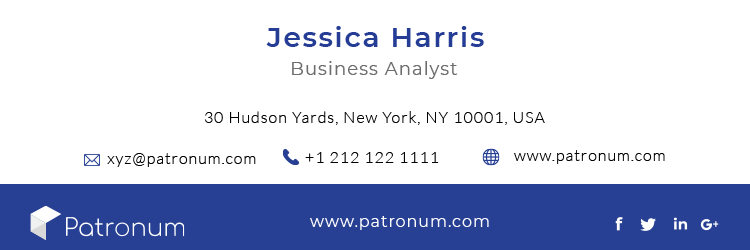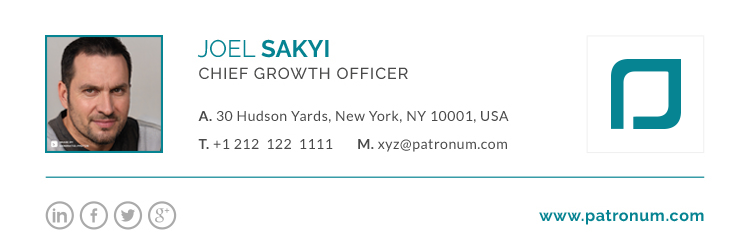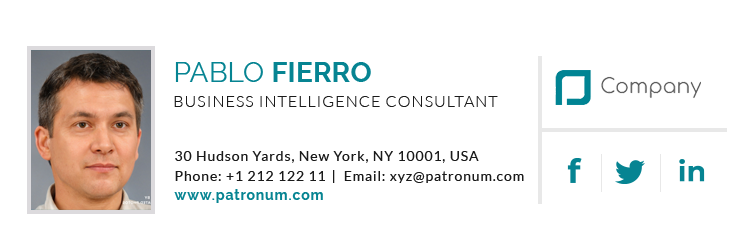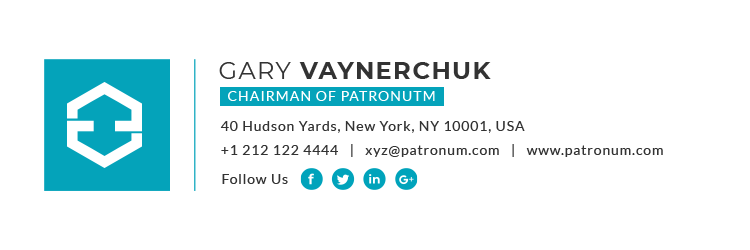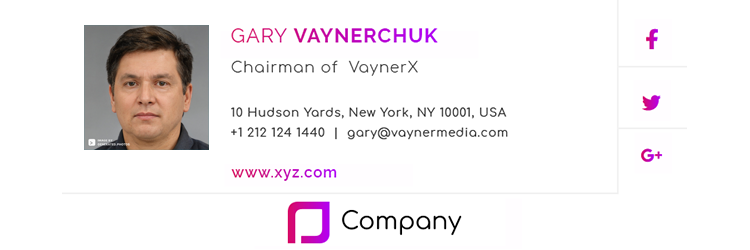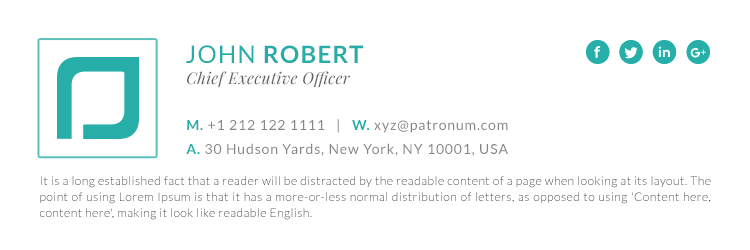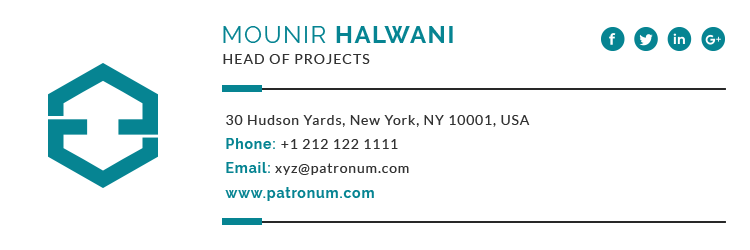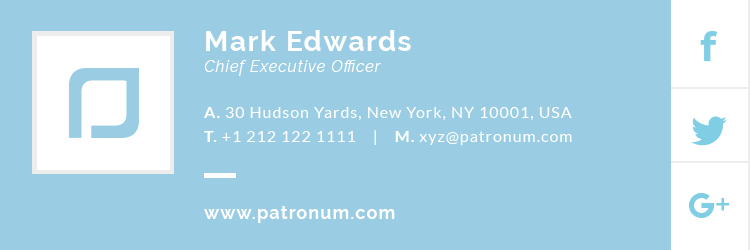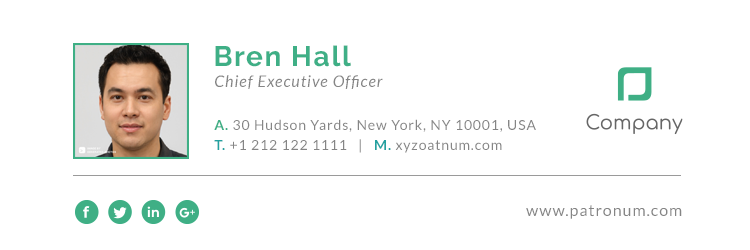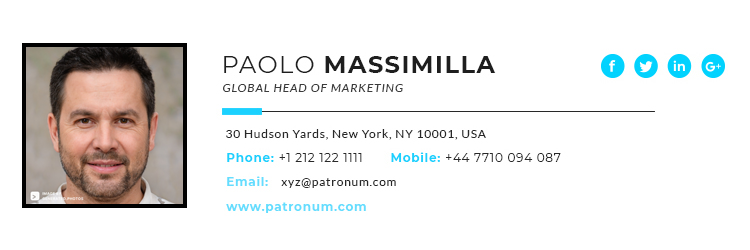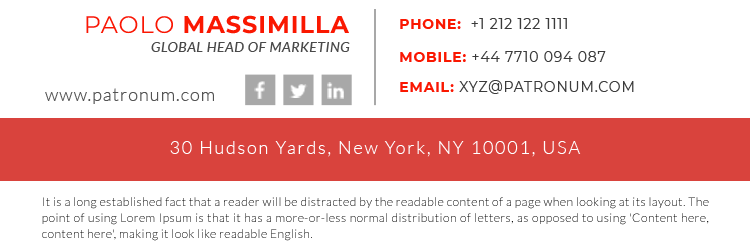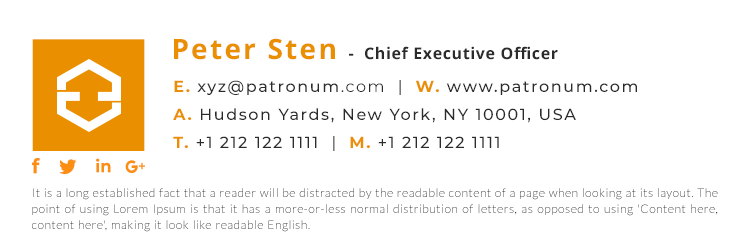
When computer engineer Ray Tomlinson sent himself the first electronic mail message back in 1971 I doubt he realised exactly just how important his invention would be to the modern world. And yet, while every business needs email to function, it is seen by many to be the single cause of lost productivity amongst office workers.
Drowning in email?
Here some stats for you. On average the typical worker will receive 120 emails, of which 50% will be junk mail. They will send around 40 emails and have around 200 unopened emails in their inbox at any given time.
While we’d all agree that email has been extremely useful, it now seems to be creating more issues than it solves. So if you’re struggling to deal with your bulging inbox, these simple tips will hopefully help.
Less is more.
One-line emails are OK, in fact, in my opinion, they’re a must. After all, you’re writing an email not a thesis for a PhD. The key here is to make it easy for the recipient. Make sure your title is clear and the message is kept short and unambiguous. Try using the subject line without any message, for example:- Subject: Friday Management meeting cancelled (eom).
EOM means ‘end of message.’ it means your recipient doesn’t even need to open the message.
Pointless replies
You don’t need to respond to every single email you are sent. If it’s clear that the conversation is over, it’s cool not to reply with a “Thanks” or “Great”. People will not think you’re rude.
The 2-minute rule.
Can you deal with the task and reply within two minutes? If you’re able to read and reply to an email within two minutes then just do it.
Send less, get less.
Stop with all those cc’ing. Do you really need to copy everyone on that email? I get it, you want to make sure everyone is kept in the loop, but consider not using the reply all when responding and only reply to those emails that directly concern you.
It’s good to talk.
In the modern age, we seem to have forgotten how to actually speak to someone, so if you feel yourself starting to write “War and Peace” (I’d say anything over 100 words is too long) consider using alternative communication methods, schedule a call or video chat.
Delete or Archive.
Once you’ve actioned your email, delete it or archive it out of your inbox. If you’re waiting for a response to an email, move this to a folder called “Awaiting response” and review it once a week. Again Gmail has a nice feature that will automatically resurface emails within your inbox which haven’t been responded to.
Unsubscribe.
Finally, don’t join a mailing list, or subscribe to a newsletter – you never actually read those email anyway. If you’re interested in a topic, put some time aside each day or week to research it properly.









 Download Signature
Download Signature

